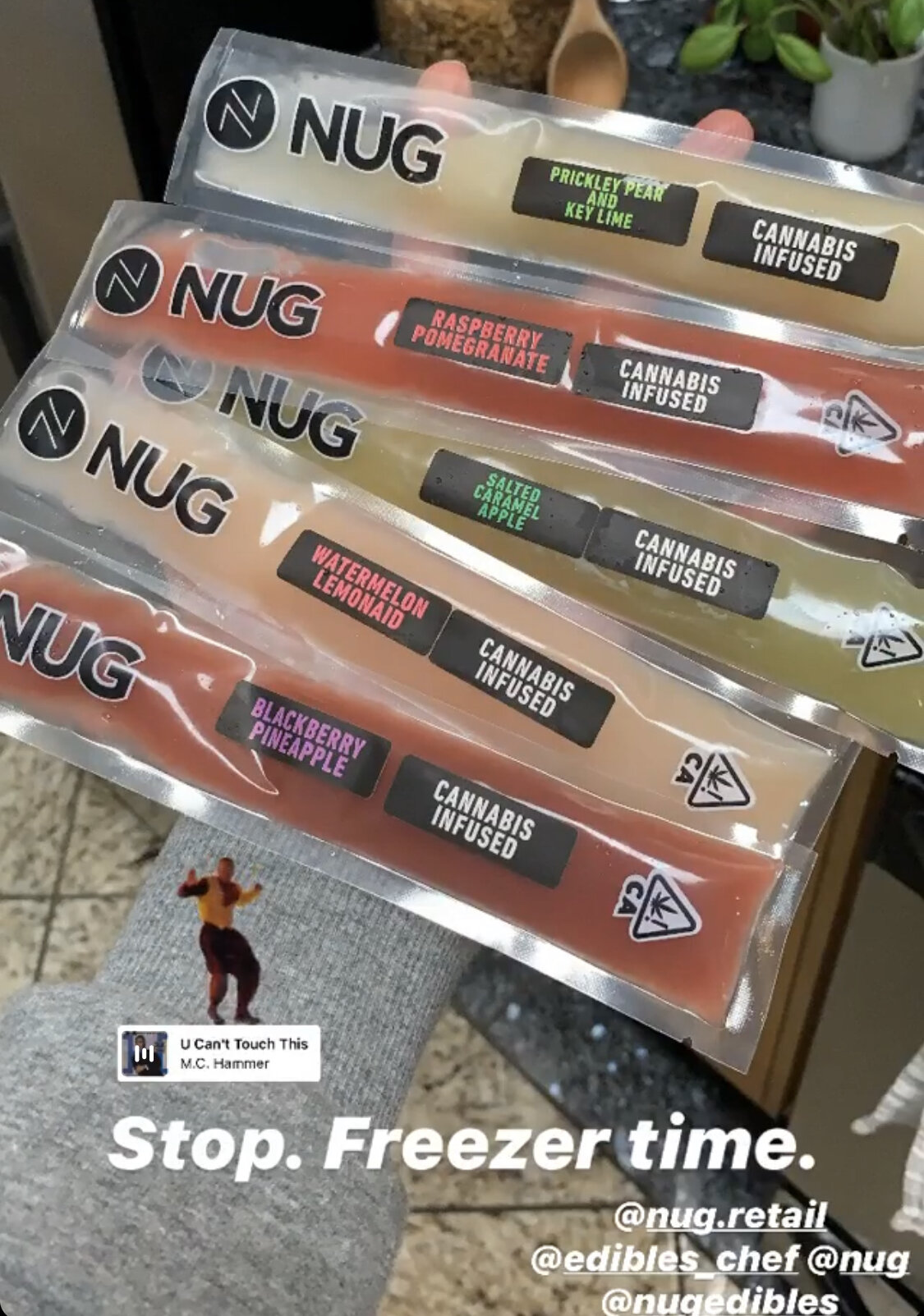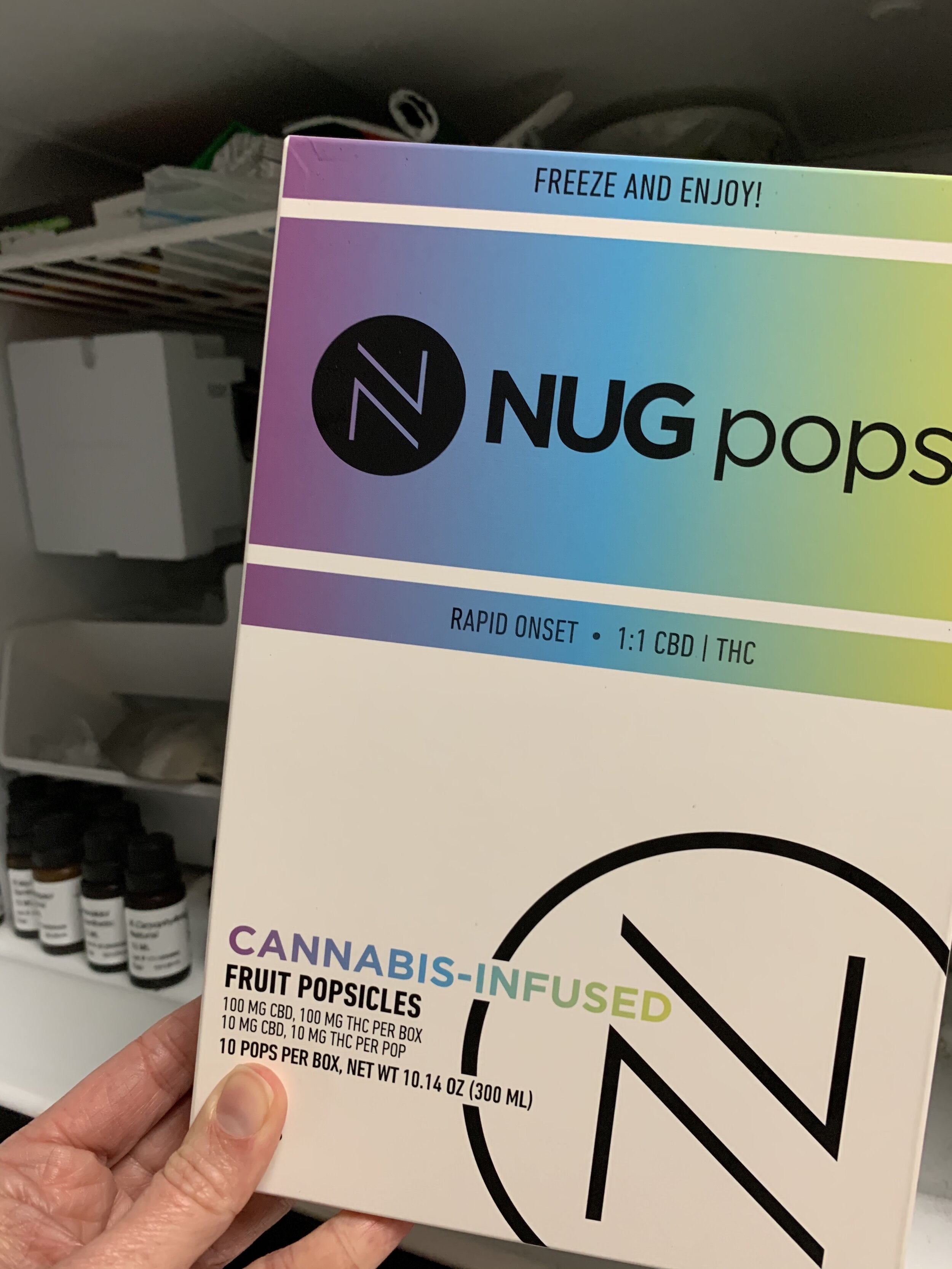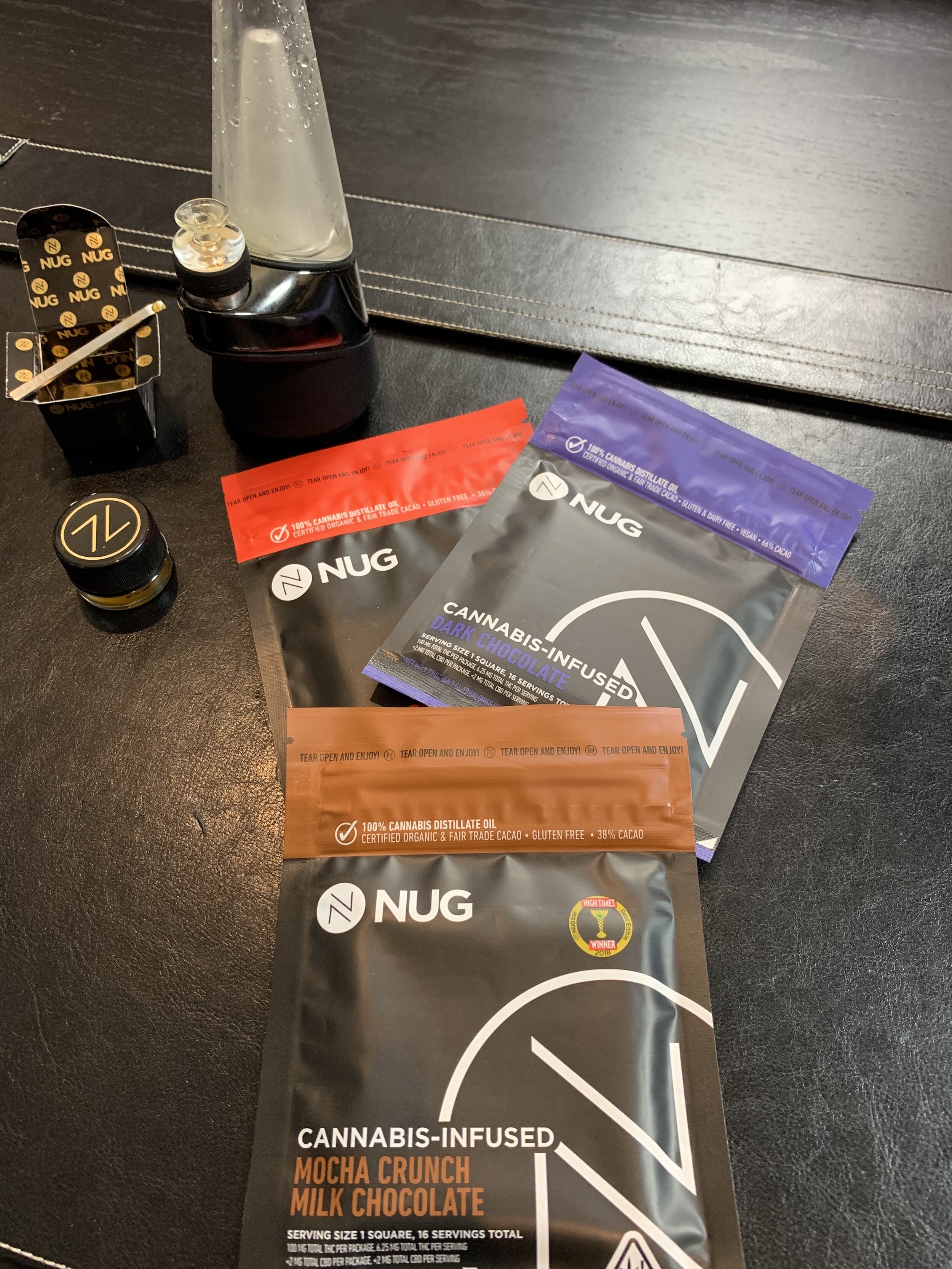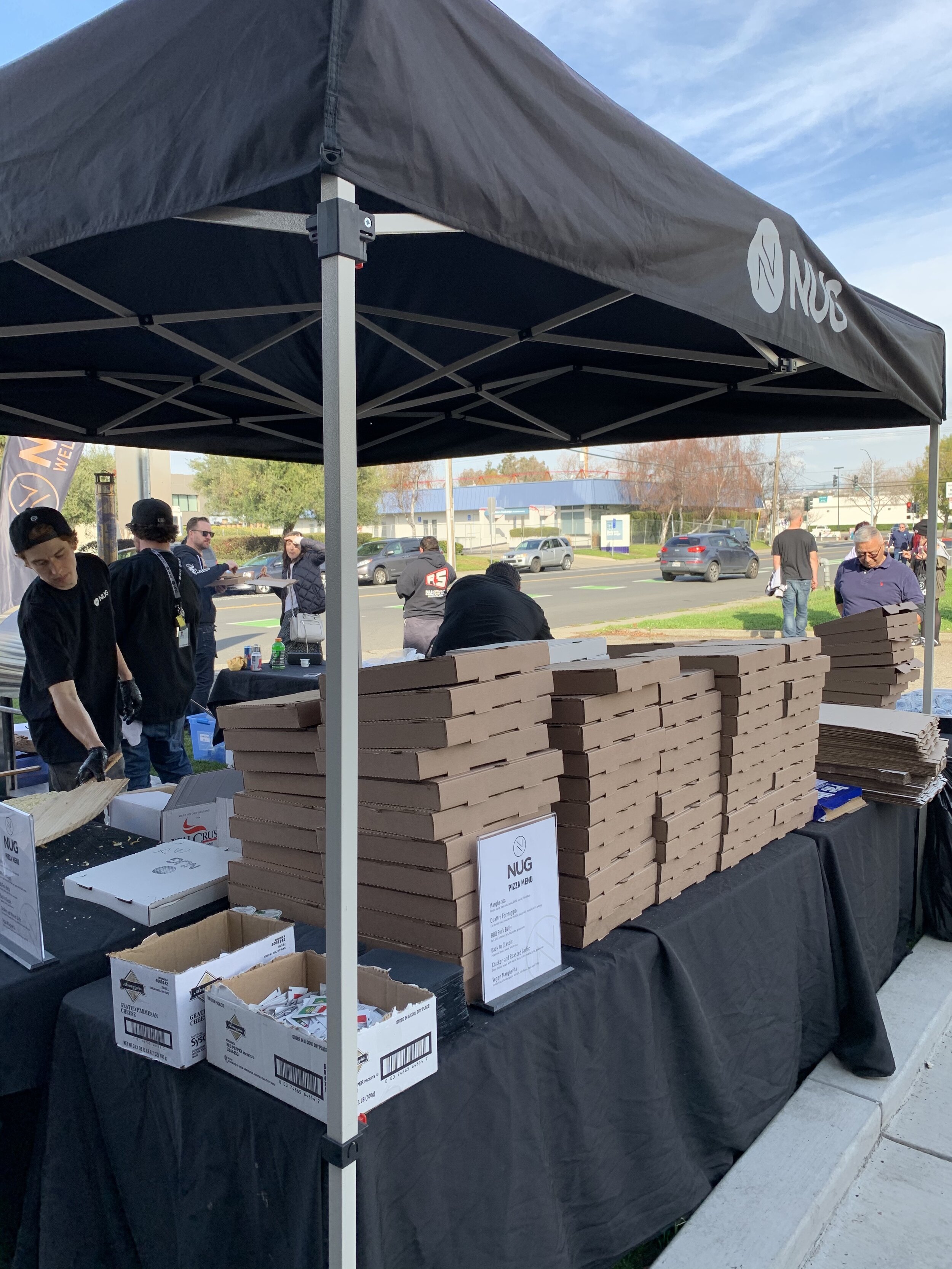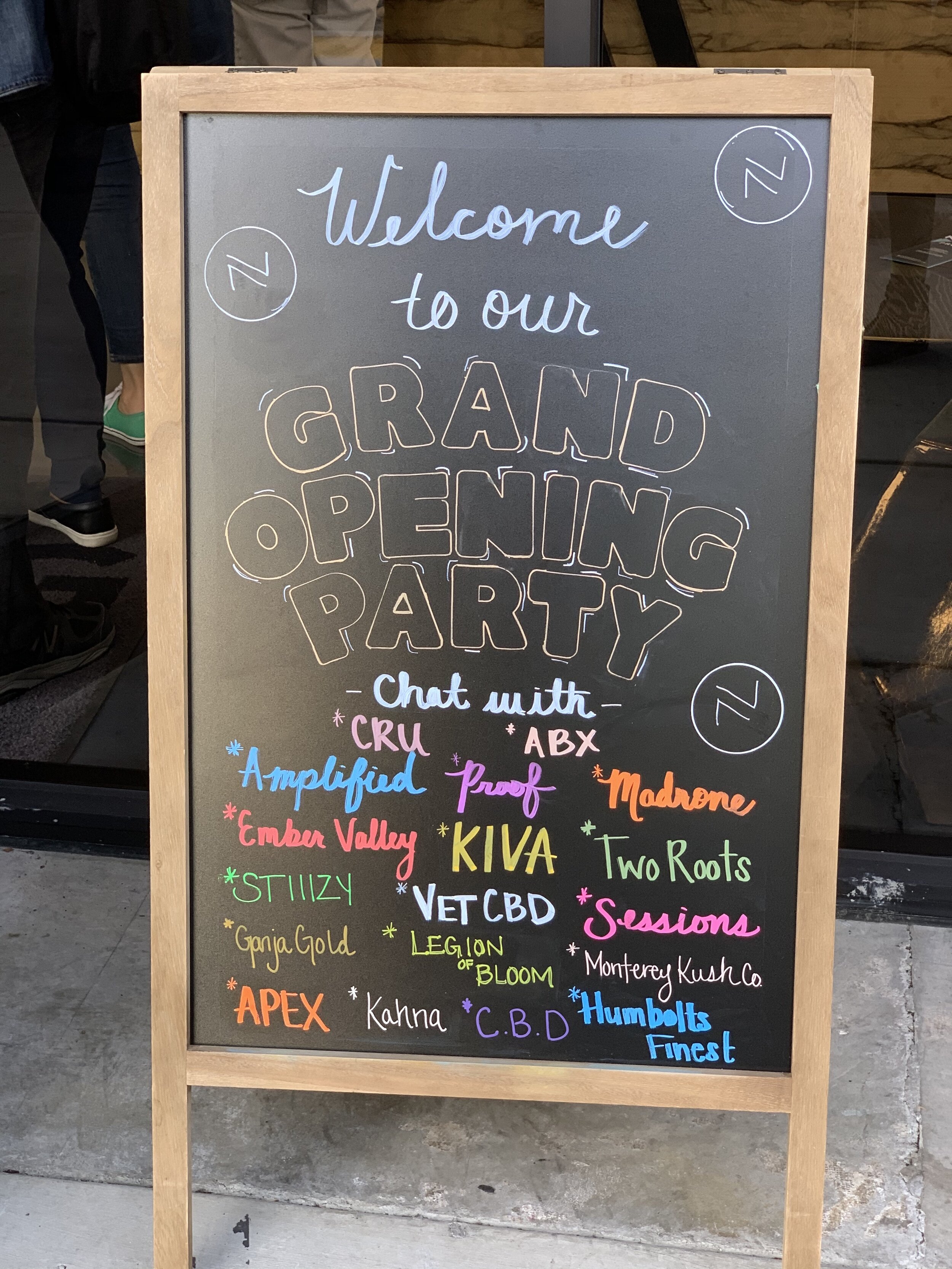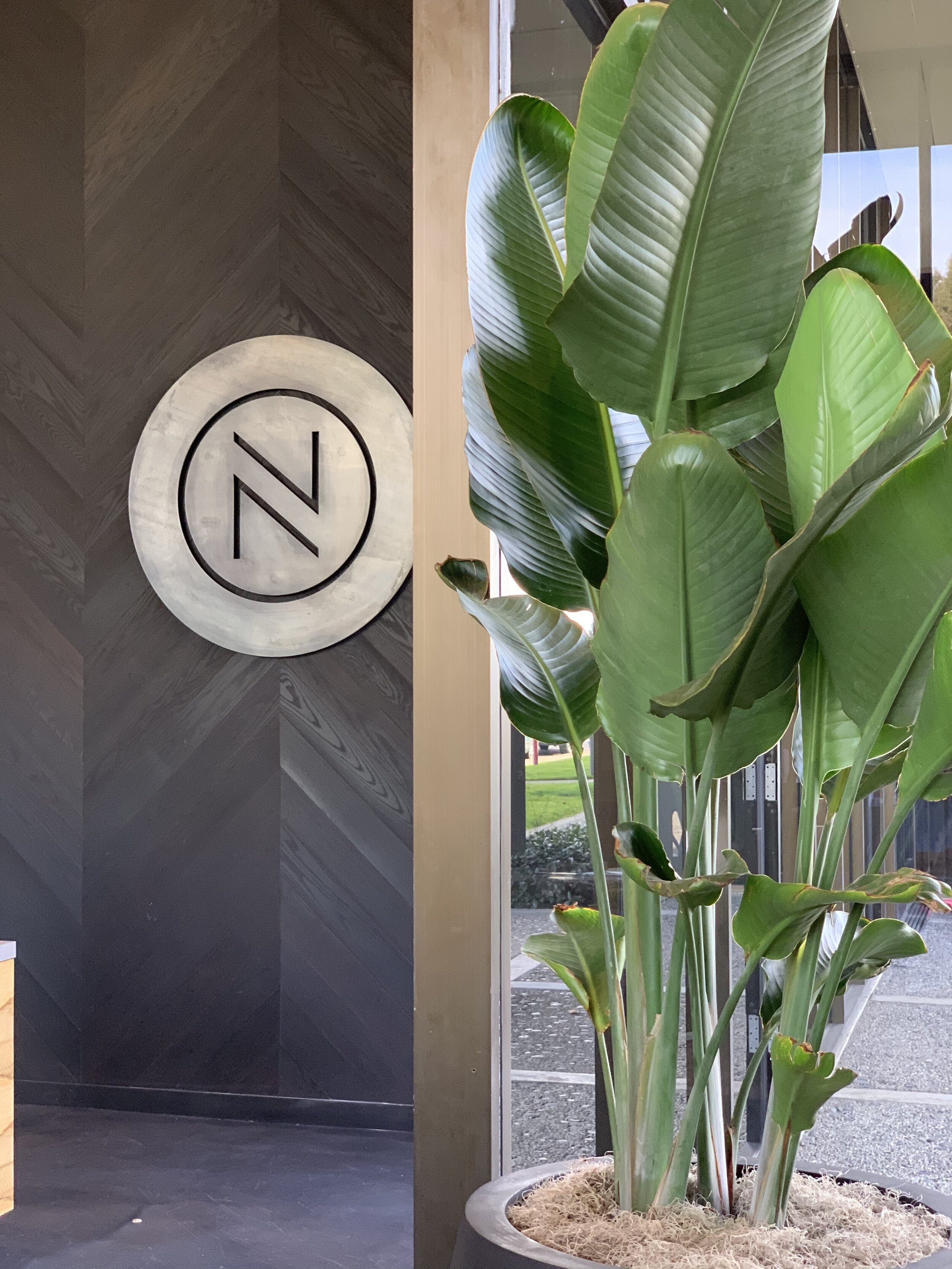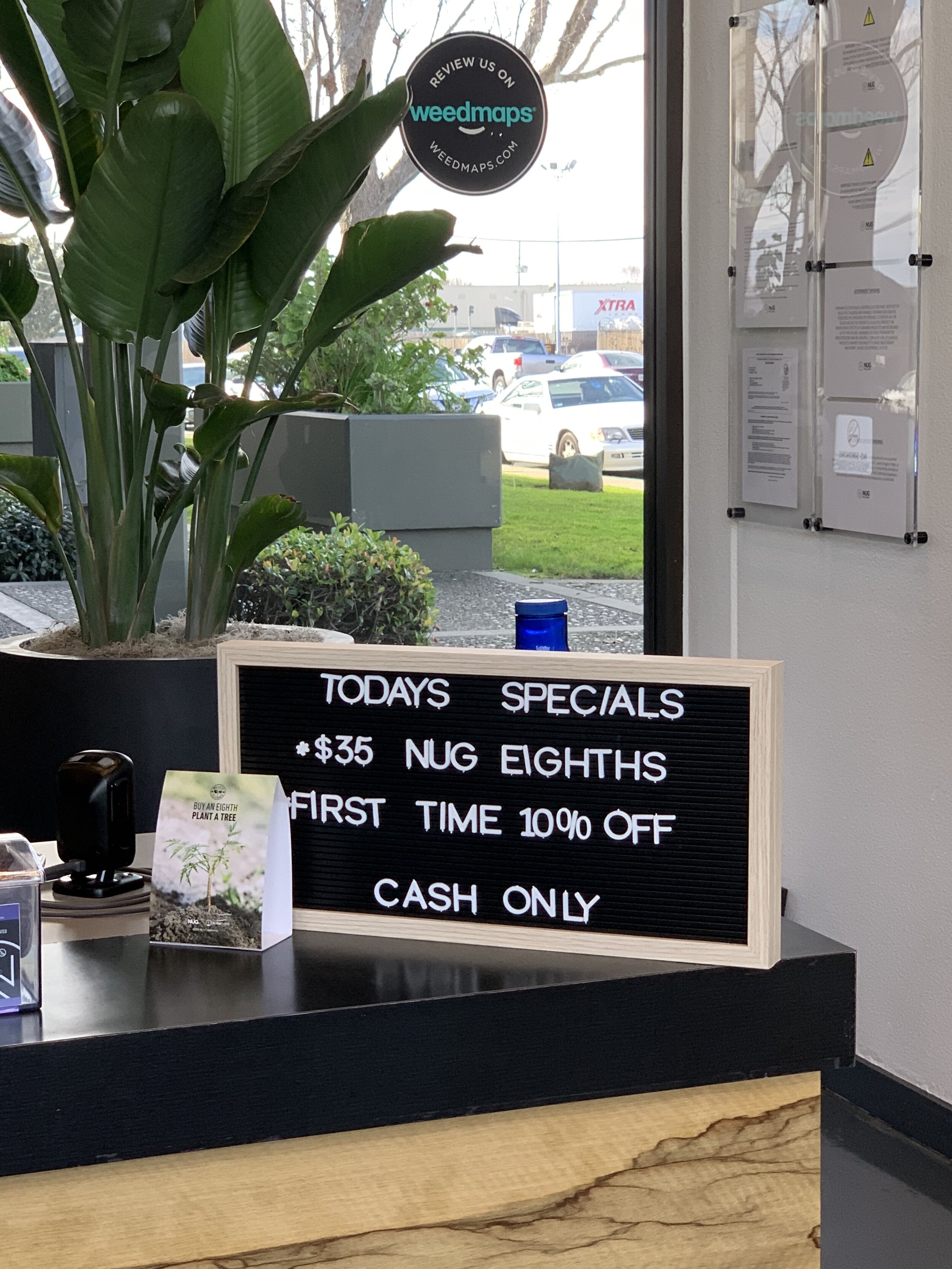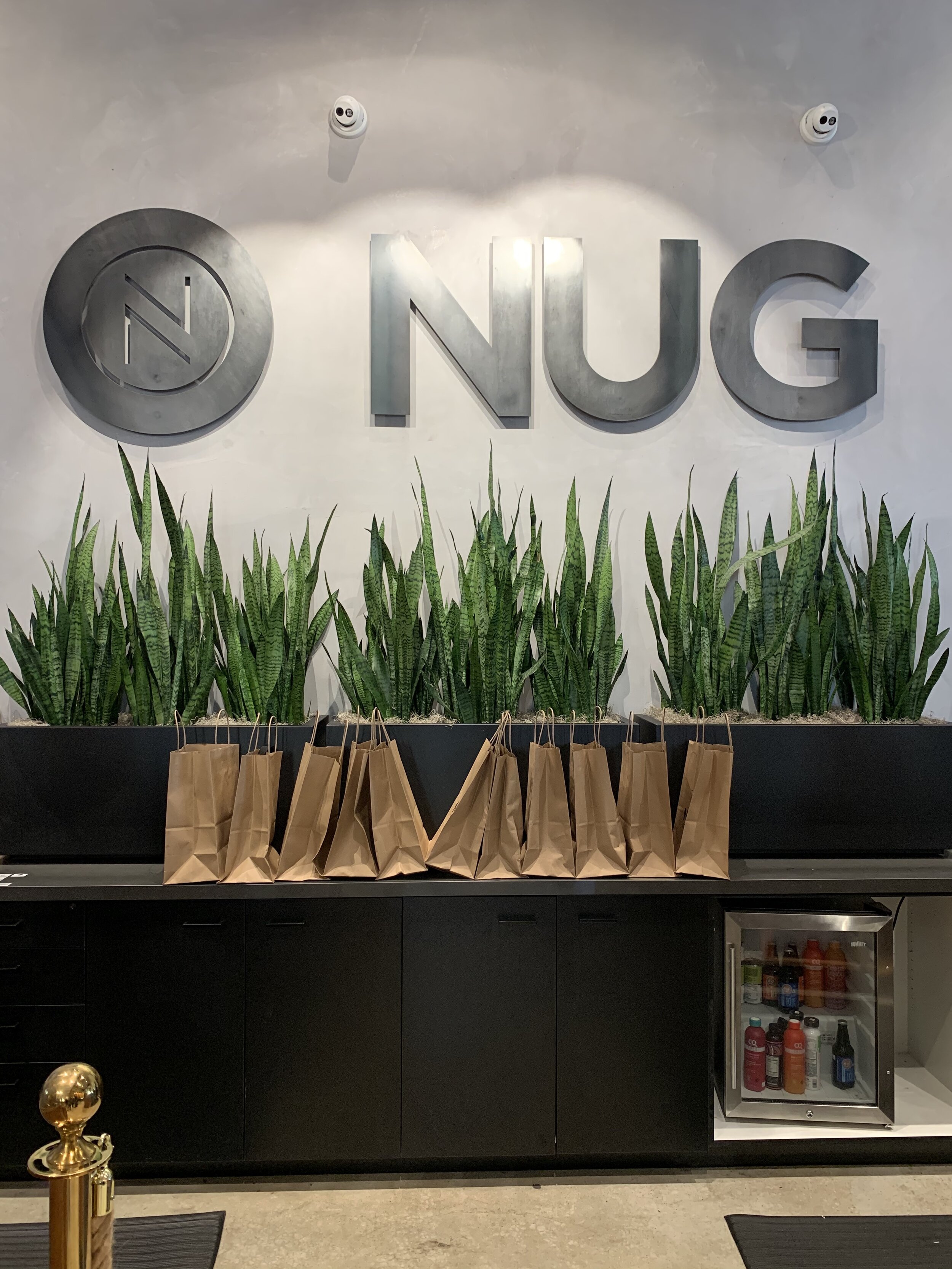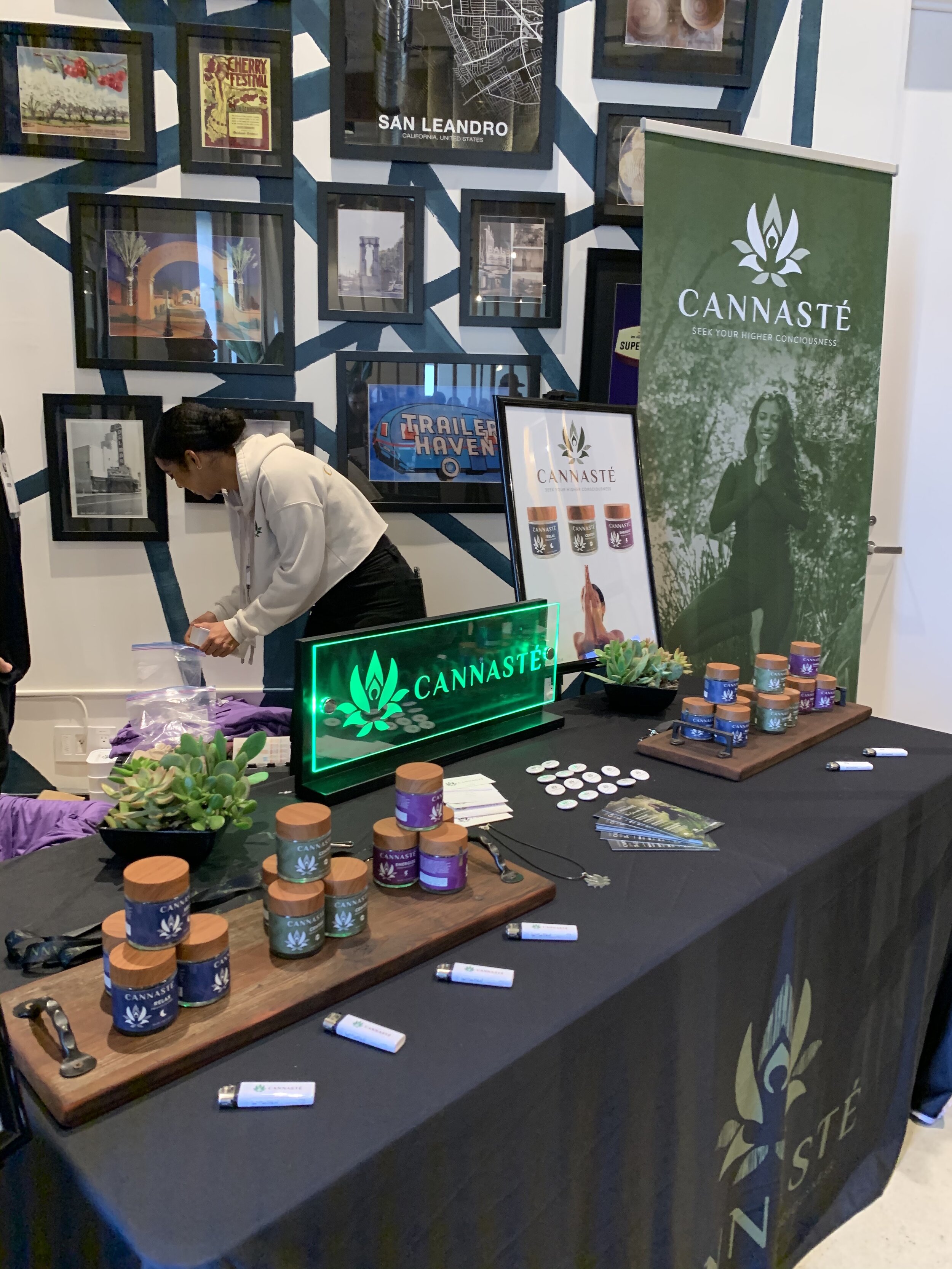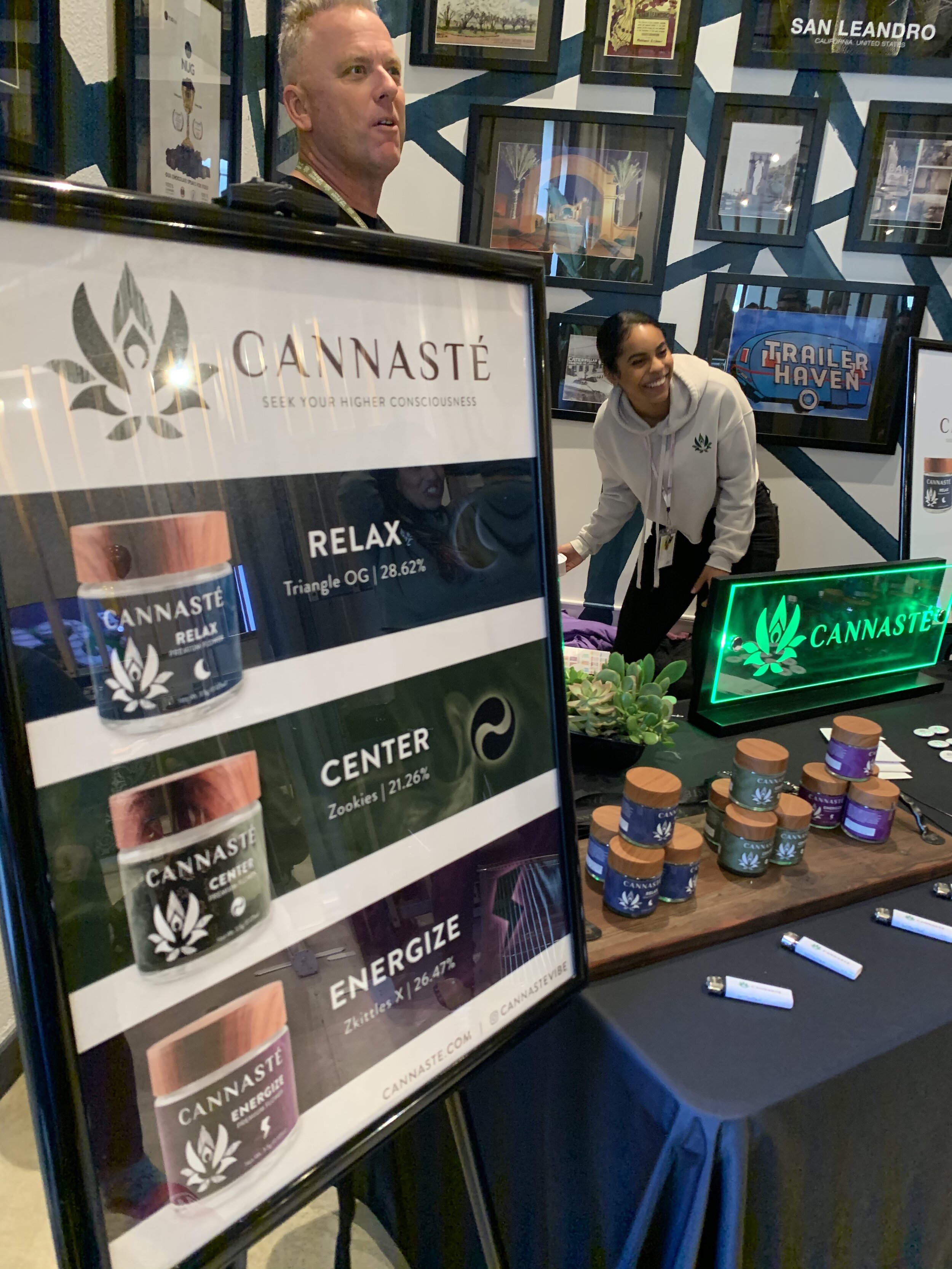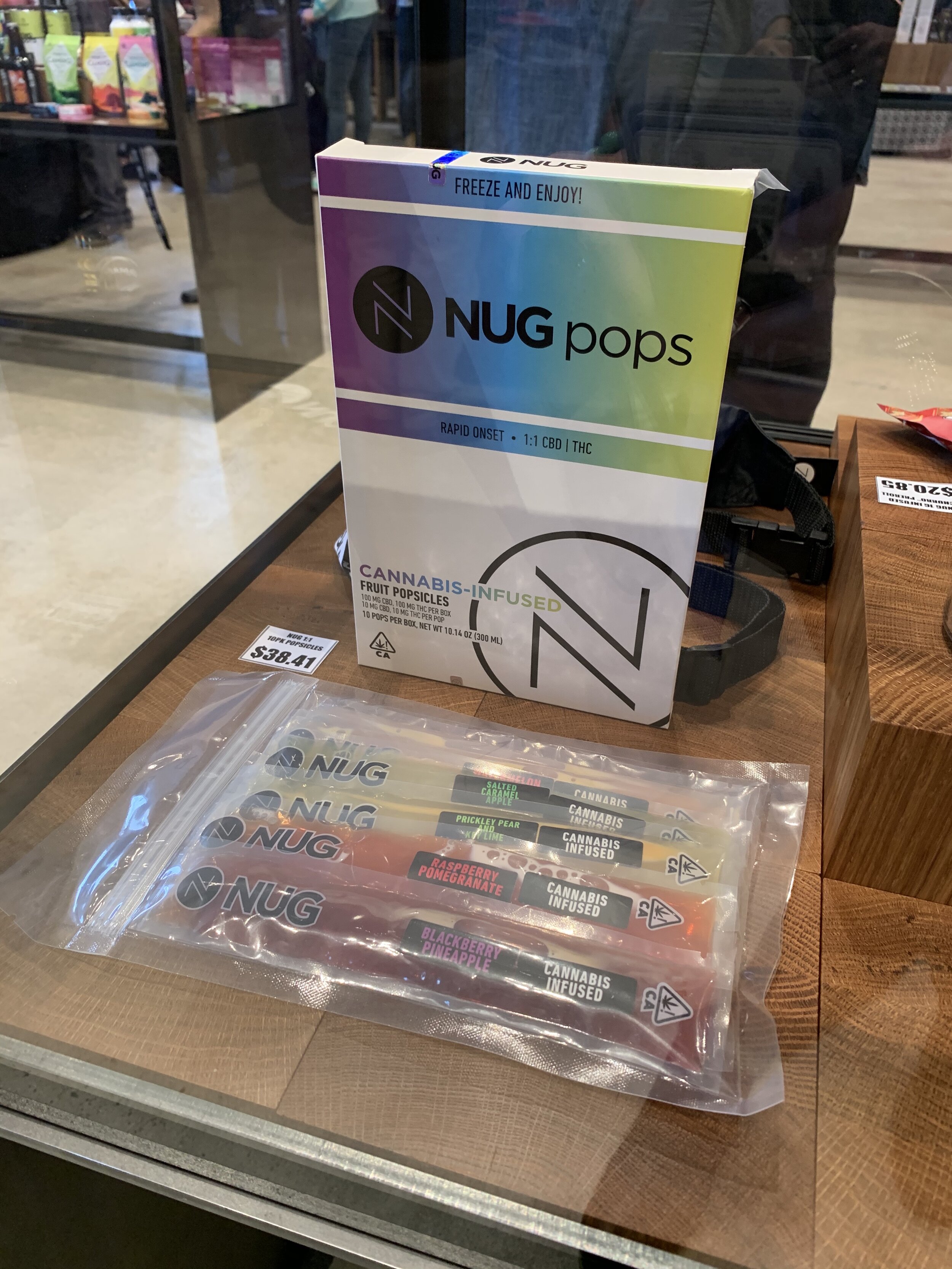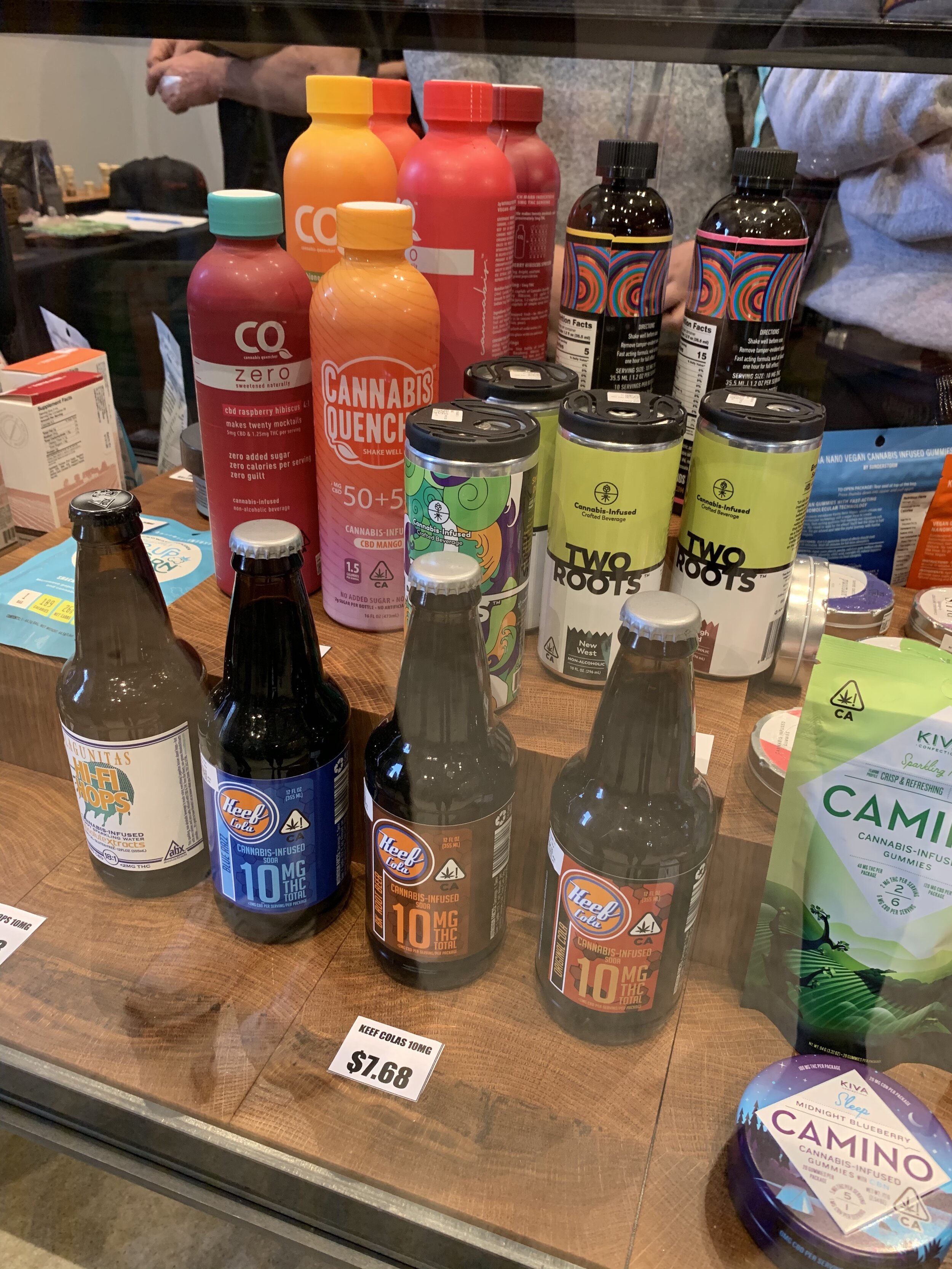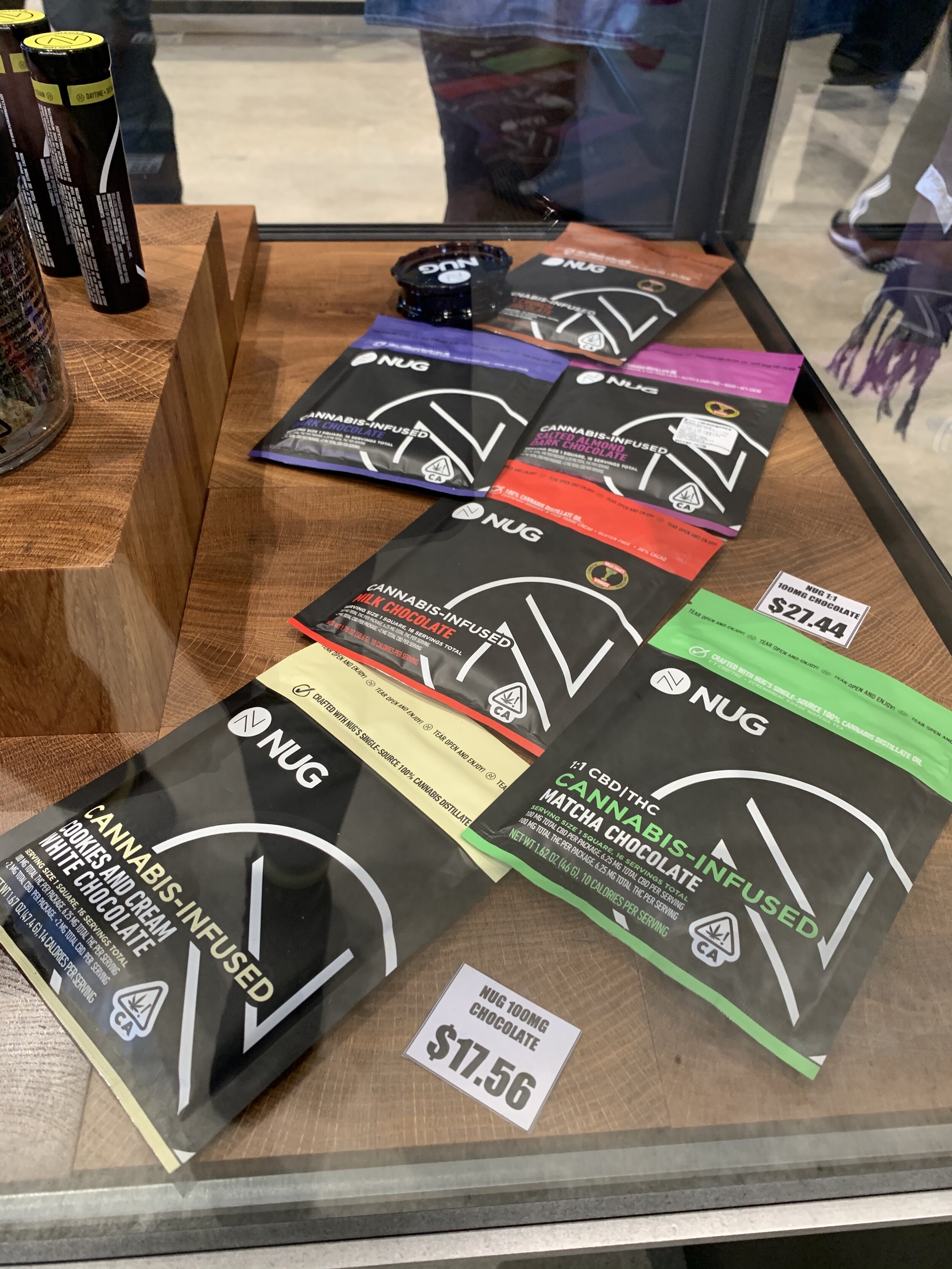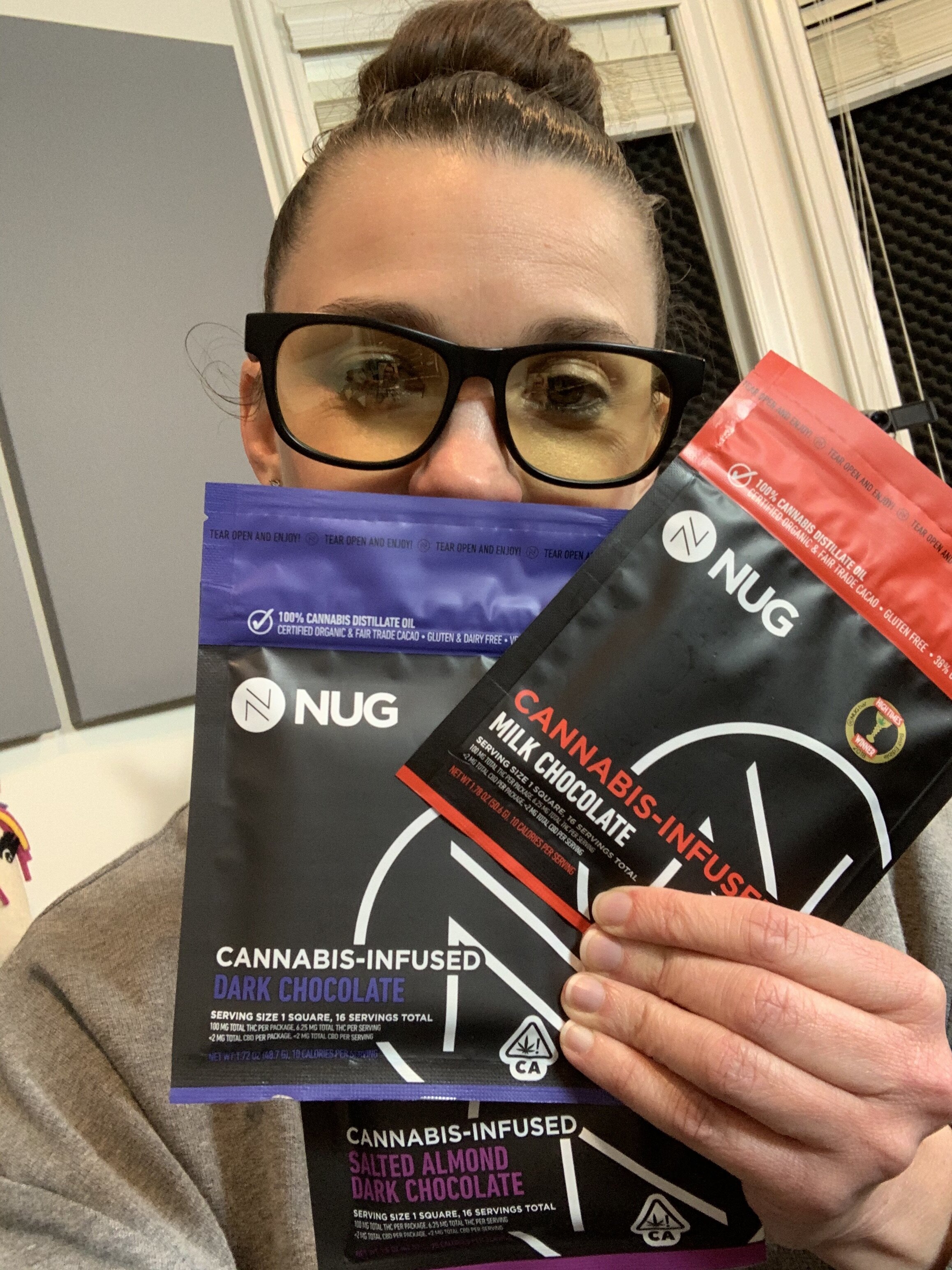Potcast 126: Edibles Evolution
If you’ve been afraid to experiment with edibles, this potcast is for you. But it’s also for you seasoned edible lovers and at-home chefs because the cannabis market has evolved light-years and the new edible products on the market today aren’t your college party brownies. Today’s guest on the potcast shares his story from chef to medical cannabis patient to cannabis chef. And we discuss how your edibles experience is witnessing its own evolution.
‘After the Show’ Notes
The kitchen is one of my favorite creative portals. The first time I made cannabutter, my infamous Joyce Bear cookies sent a dozen friends to the moon. That was an interesting trip for us all… and an important potency lesson for me. With lots of experimenting, I found my casually baked sweet spot. With the recipe below, one teaspoon is a personal dose - spread on toast with jam or add to your daily smoothie, while one-quarter cup can be substituted for the oil or butter in your favorite sweet or savory dish to be shared at that Casually Baked dinner party you’re inspired to host.
Kumbaya and cannabis,
Jo
Edibles & Cooking With Cannabis
Ingredients for Jo’s casually baked strength recipe. Use this as a guide and find your own sweet spot. And if you don’t want to go through all of the steps, there’s always the magic butter machine. :)
Prep and Process:
Before you begin, determine the best storage solution based on the infused oil you plan to make (butter molds, small jars, oil cruet, etc.)
Make room in the freezer to accommodate a tray of your finished product for rapid cooling.
Place the jar of coconut oil in a hot water bath so as to liquefy enough to transfer from the jar into a double-boiler set-up.
Alternative Method: If you don’t have a double-boiler, place a medium-sized saucepan in a larger pot of hot water that you’ll continue to refill. The goal is to simmer the oil without burning it.
Cut a large square of cheesecloth and cooking twine - you’re preparing a sachet for the cannabis
Use a hand grinder to create a coarse texture of the cannabis. Be cautious using a coffee grinder or food processor. You don’t want the flower too fine. It will give you a sharper, more pronounced flavor profile. And I figure you’d rather NOT taste a lot of weed.
Place ground cannabis in a pile on the cheesecloth and wrap like a burrito - be sure to completely close up the ends - wrap and tie securely with the cooking twine.
Submerge the cannabis sachet into the liquefied oil and simmer. The ideal temperature is around 200 degrees Fahrenheit. You want the little bubbles forming in the oil around the pan, but never a rolling boil. This low-and-slow oil bath will decarboxylate your cannabis so I skip the oven step. You can decide for yourself. Check out these nerdy details on boiling points of cannabinoids and terpenes, plus decarb’ing and infusing everything you can think of.
Continue monitoring the temperature and checking the water levels in your double-boiler. Stir the oil and roll the sachet periodically to make sure it is fully submerged and saturated. The longer you let the two marinate in the low-heat, the more cannabinoids and terpenes will be present in the final infusion. Time: 4-6hrs.
Remove oil from the heat source and let cool for 20-30 minutes.
Cut a piece of cheesecloth and place it across the top of a funnel and filter the oil from the pan into a pourable measuring cup. From there transfer into your molds or smaller containers.
Place the baking sheet of molds into the freezer to set. This is an important step to maintain the integrity, color, and texture of the finished product.
Highly Responsible Tip: Always test out your handy work and determine the dosage strength before sharing it with friends and family.
TYLER COOKE, EDIBLES DEPARTMENT DIRECTOR, NUG: A working professional in the food service industry since 2003, Tyler Cooke brings international experience as a production strategist, executive chef, and project manager. He has deep knowledge in construction and code compliance, kitchen design, operations, production optimization, menu creation, costing, inventory controls and team management, having driven expansion for a successful chain of new restaurants as well as multiple transformations of existing restaurants. With years of culinary experience, world travels, and exposure to multiple cultures, Tyler both understands how to work with a variety of personalities as well as confidently prepare many different styles of cuisine. As a two time cancer survivor Tyler has first hand knowledge of the healing power of cannabis. With a deep passion to make things taste amazing coupled with a love for all things, cannabis Tyler has found his home as the edibles department director NUG. His creative approach and strong belief that he can medicate anything has earned him the nickname “Willy Wonka of Weed.”
EXPLORE COOKING WITH CANNABIS. Here are some cook books we love: The 420 Gourmet and Edibles: Small Bites for the Modern Cannabis Kitchen. Cook for or with the ones you love!




